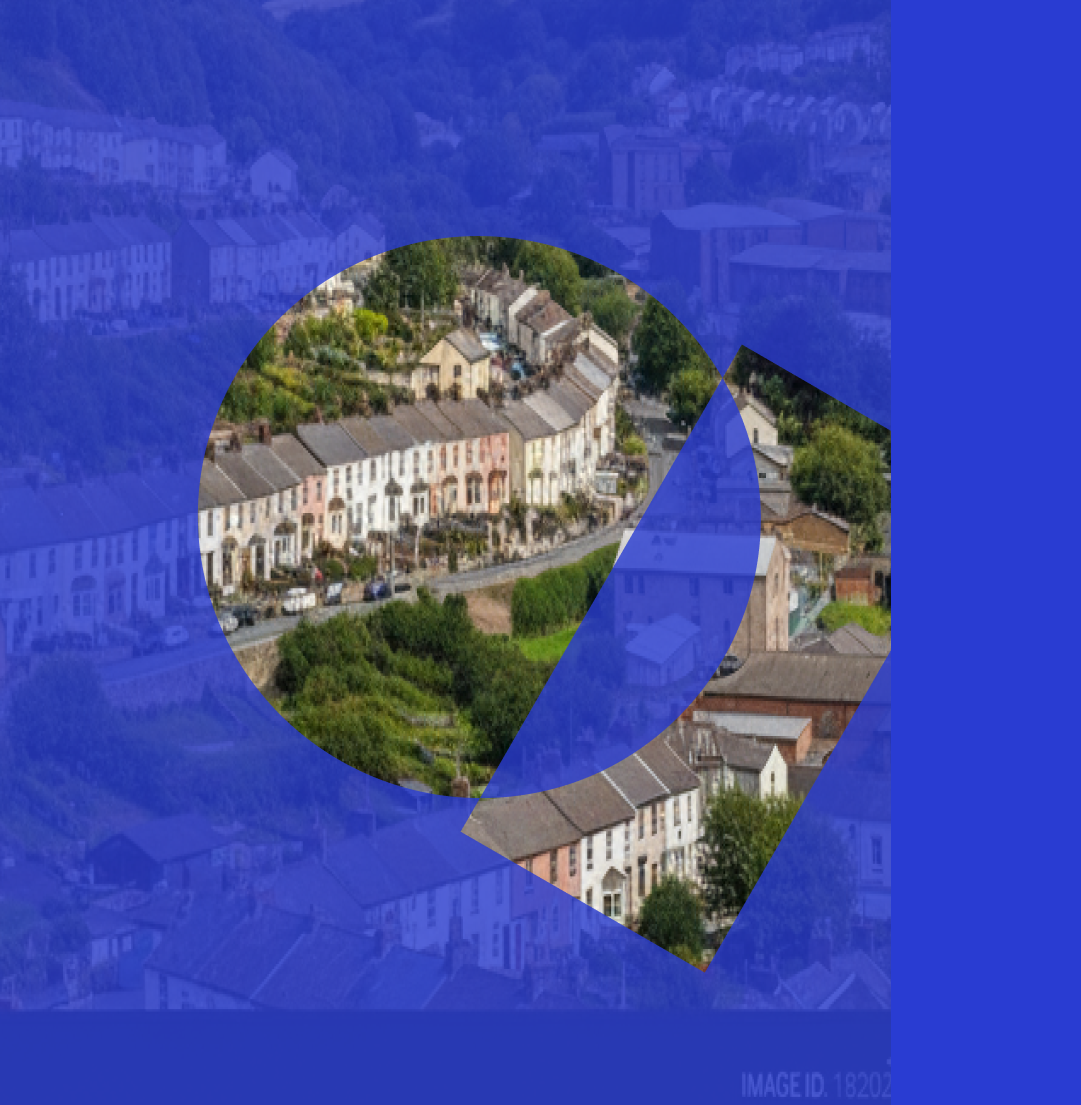 Hello and welcome to the second instalment of my monthly blog. Last month we looked at the complexity of the traffic order mission. This month I want to focus on the core complexities of the traffic order (TRO) mission – the digitisation and standardisation of traffic order data and how AppyWay are paving the way for a simplified TRO future.
Hello and welcome to the second instalment of my monthly blog. Last month we looked at the complexity of the traffic order mission. This month I want to focus on the core complexities of the traffic order (TRO) mission – the digitisation and standardisation of traffic order data and how AppyWay are paving the way for a simplified TRO future.
I’m sure if you’re an avid reader of our blogs and newsletter you will be very aware that tackling these core traffic order challenges is a huge part of what we do here at AppyWay. We know the benefits digitisation and standardisation can bring, not just for authorities but for the mobility industry as a whole and as a company we’re more determined than ever to help cities unlock these benefits.
Where does standardisation and digitisation begin?
From creating orders to sharing traffic restriction order information local authorities are ultimately the gatekeepers of this valuable data but as highlighted in my last blog, this important data is often being created in a mismatch of analogue formats, illegible to machines and developers, hindering cross-industry collaboration and innovation. Changing how this data is created and held needs to happen at a local government level.
It’s no secret that councils are experiencing multiple pressures but UK councils have never been more ready to start their journey to digitisation and standardisation. With COP26 in full swing, unlocking and sharing kerbside data will become imperative for traffic and parking teams wanting to better understand how and what sustainability initiatives could work in their area.
Governments and industry has taken notice
Fortunately for UK authorities much is being done to empower them with the structures and tools they need to digitise and standardise their traffic order and kerbside assets. I’m thrilled that AppyWay has played a large part in developing the data standards and solutions they need to manage traffic orders effectively and in a way that is fit for the future.
We have attended forums and lent our voice to the Alliance for Parking Data Standards (APDS), who are working to develop, promote, manage, and maintain a uniform global standard that will allow organizations to share parking data across platforms worldwide. We were also able to input into the DfT’s TRO-D Alpha Project, alongside project lead Valtech. The Data Alpha Project is exploring how a TRO data publication and distribution system could transform how such data is accessed and published. As a partner of the project we were able to share our knowledge and expertise on the needs of different traffic order stakeholders and share the work we have done so far in standardising TRO data.
It was only a few years ago that I came up against the monumental challenge of combining and standardising traffic order data across London boroughs to build the AppyParking app so these latest initiatives are music to my ears. The industry has been crying out for this level of attention to be placed on traffic orders so to say I’m excited by these developments would be an understatement.
We’re one step ahead at AppyWay
Developing the AppyParking app was truly an eye opener from me. It gave me a peek behind the curtain and what I saw was that cities hold a wealth of data but it is massively underutilised.
I knew we were onto something when we became AppyWay and our focus broadened to include helping authorities unlock this data, enabling them to manage it effectively and share this data for the betterment of their towns and cities. We knew digitisation and standardisation would be at the heart of this so we got to work.
InnovateUK were also on the same track and selected us to build a platform that would help authorities digitally manage their traffic orders, with a data output that was standardised. That project involved input and feedback from Coventry City Council, Milton Keyne Council, and Cambridgeshire County Council and was hugely successful. So successful in fact that we continued to develop the solution further, thus creating a completely end-to-end traffic order management solution we now call our Traffic Suite.
Our solution puts authorities on the front foot for enabling sustainable transport innovation within their communities. The map-based solution allows authorities to digitally manage every step of the traffic order journey and share the standardised traffic order data via API. The solution is also primed and ready to adapt to APDS and DfT standards.
We have authorities such as Dorset and Haringey using the solution and sharing traffic order data via API, allowing for a level of collaboration between council teams and external third-parties that a few years ago I could never have dreamed of. It’s been thrilling to watch these councils open up their traffic order data and reap the benefits that can come from data interconnectivity and transparency.
If you want to read more about sharing data and APIs then I recommend you read our blog on the benefits of open mobility data.
Paving the way for digitisation and standardisation more broadly
Traffic order data is just the beginning. There are so many other areas of an authority that will benefit from the move to a more standardised, digitised approach.
What if we were to connect micro-mobility and active travel data with traffic order data? What about electric vehicle initiatives, new developments or road data modeling? And externally, how could fleets or connected vehicles connect and share data with councils? How could all of these work cohesively to create a better, more sustainable, livable city experience?
This is something the team and I are very excited about and we are already seeing some of this in action with our authority partners.
It’s a complex mission but it’s also an incredibly exciting one. The benefits digitisation and standardisation can bring are endless and I’m proud that AppyWay is at the forefront of helping cities manage, share and connect their spaces like never before.





